Early Work
North County Times
12/29/00 - Tom Durwood
“Dave Steigerwald’s day starts at 4 in the morning. His partner, Pat Dougherty, starts an hour later and works further into the evening, but in truth there is little time off for these two. They are contractors, and these days it is a job that never ends. Since 1984, Steigerwald-Dougherty has built some of the finest houses in North County.
Early mornings are the best time for office meetings, away from ringing phones. With delays and surprises, their days invariably stretch into evenings. Weekends are ideal for client conferences. The job is all-consuming, which should not be a surprise to anyone who has remodeled anything larger than a closet.
Fifty office workers, 16 superintendents, scores of subcontractors and countless craftsmen work under them, not just plumbers and painters but cabinetmakers, wrought-iron artists, stonecutters. Yet both men have a perpetual calm about them.
”What makes a good client?” I ask Dougherty as he steers the white Ford Expedition out of the parking lot of the firm’s warehouse-style office along Solana Beach’s design district.
The cell phone rings. It’s a job boss, and a client wants a last-minute change. A study is being painted, a showcase room with five coats of paint and forty shelves, a custom job that has already taken four painters two weeks of work. The client is thinking of changing the color. The delay would throw the entire job off schedule. Dougherty calmly recommends that the man and his wife and their designer meet him at the site at 2. They can consult with the painters about modifying the last coat. Crises averted.
”A good client plans ahead,” answers Dougherty. “We’ll figure it out later are words you do not want to hear. Wall fixtures, colors, floor treatments —- if every detail can be worked out ahead of time, then the contractor can get his product finished on time and within budget. If there are changes…” He gives a shrug. An involuntary shudder goes down my back as I imagine plumbers holding boxes of imported tile while painters wait for a client to decide between burnt umber and desert brown. Oh, the horror of cost overruns.. the horror…
“Houses have grown so technologically challenging that now you can do much more,” explains Steigerwald. “We can create more variety, more artistry, different styles. Moorish, French Normandy, Lillian Rice. But then it’s more complex, and you don’t want to change the plan.”
The cell phone rings again. Steigerwald smiles as he picks it up.
You realize there are sixteen men with Nextel units roaming North County determined to shatter the vast Steigerwald-Dougherty organizational chart with a Change in Plan at any given moment. This is their day.
This is scary.
You realize that, under their unruffled demeanor, these two gentlemen must have a steely resolve to balance some of the region’s most talented craftsmen with what surely must be some of the most demanding clients.
The lesson I take away from the excellent operation by Dougherty and Steigerwald? One: Respect the contractor, because a good one is hard to find. Two: Make a plan, and stick with it.”
# # #
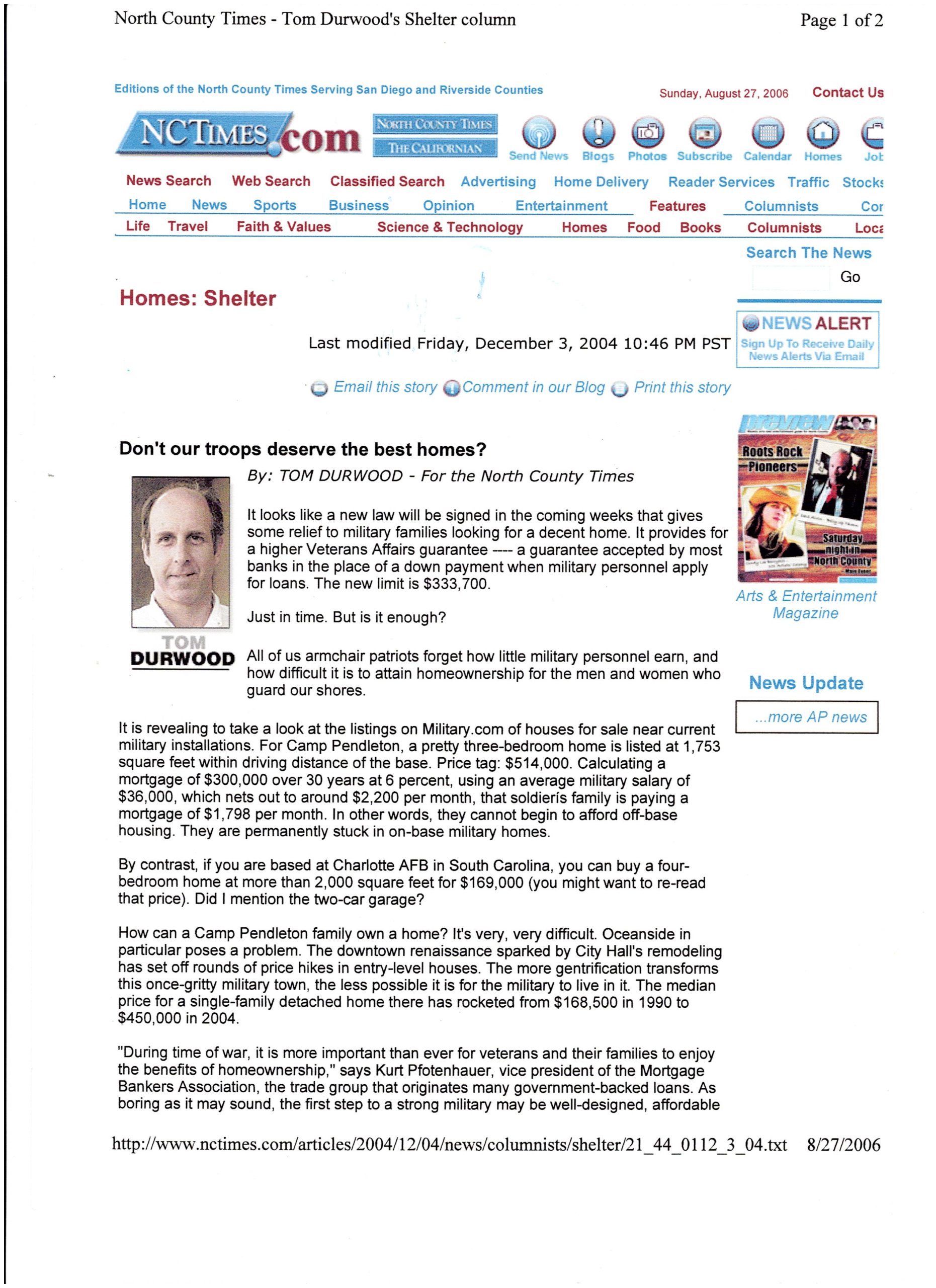
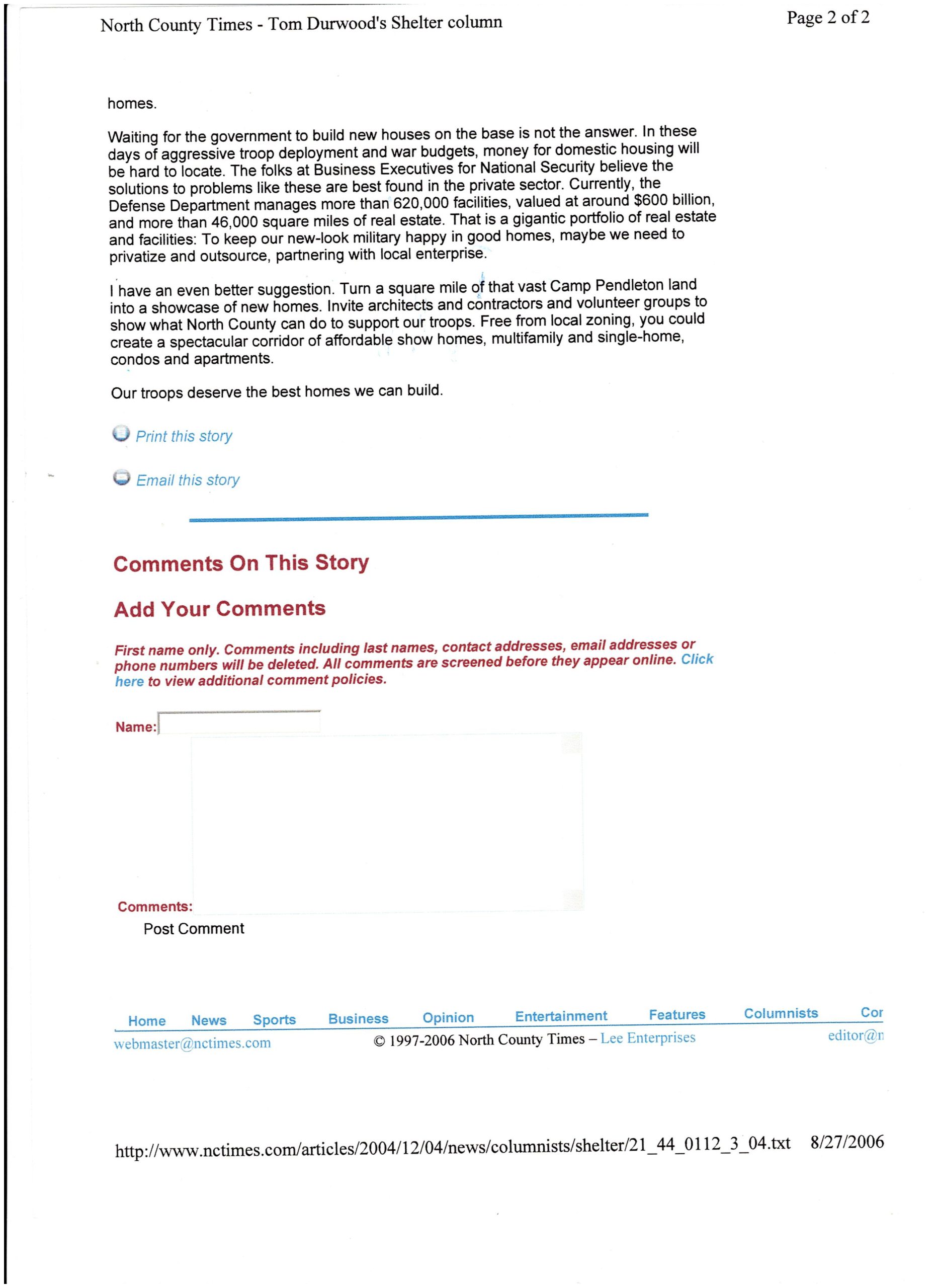
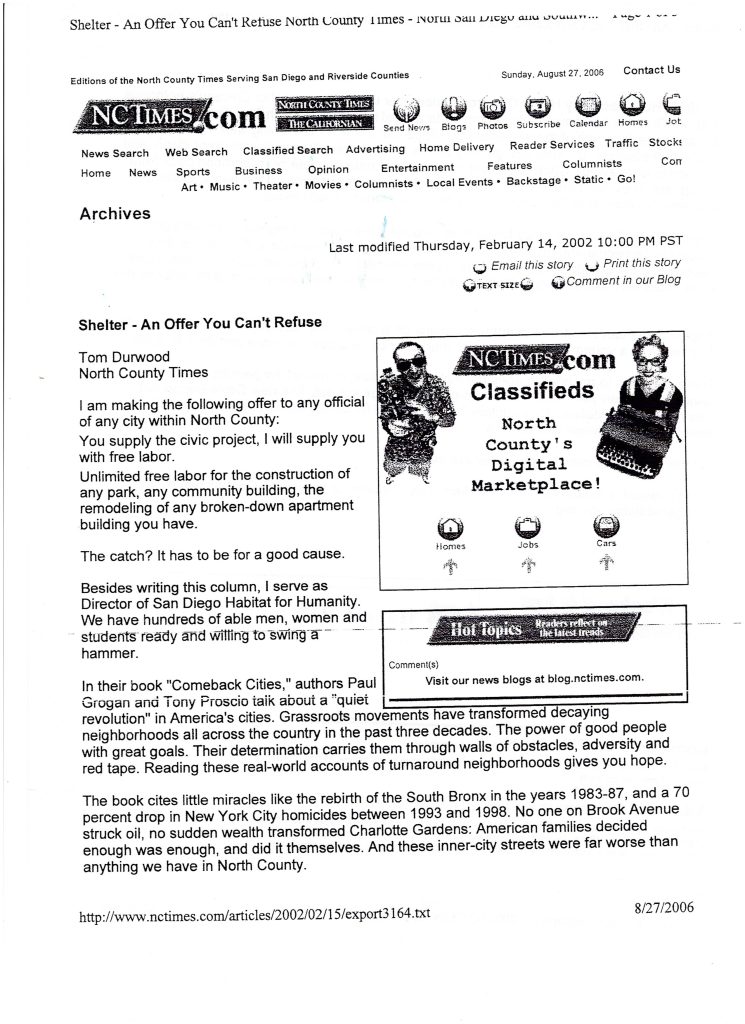
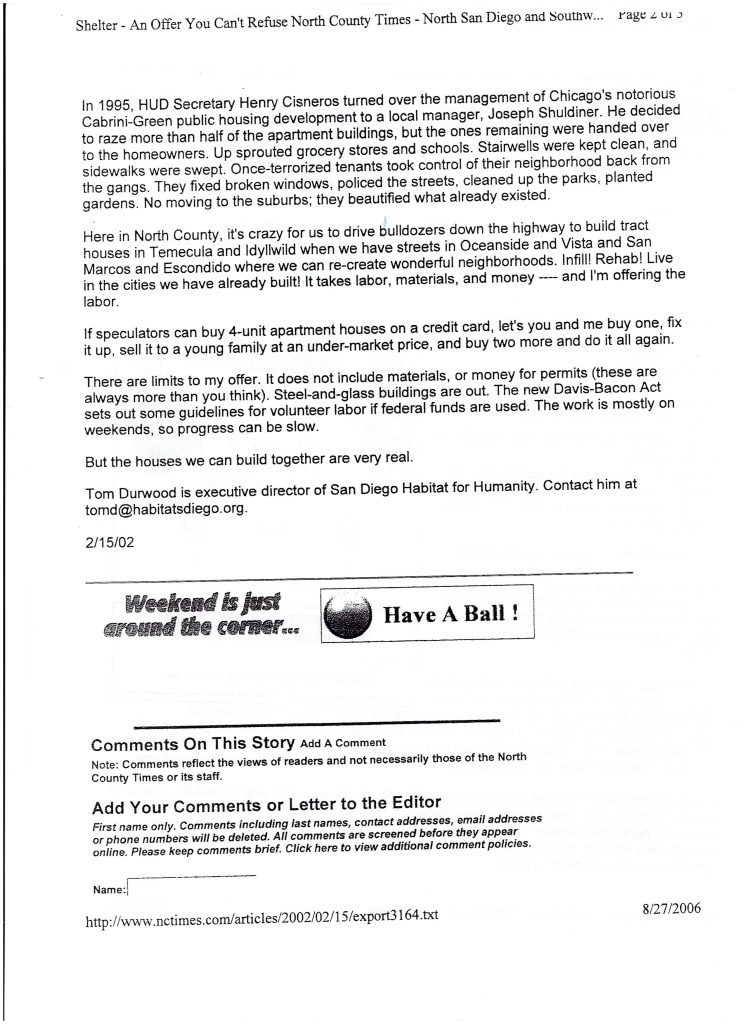
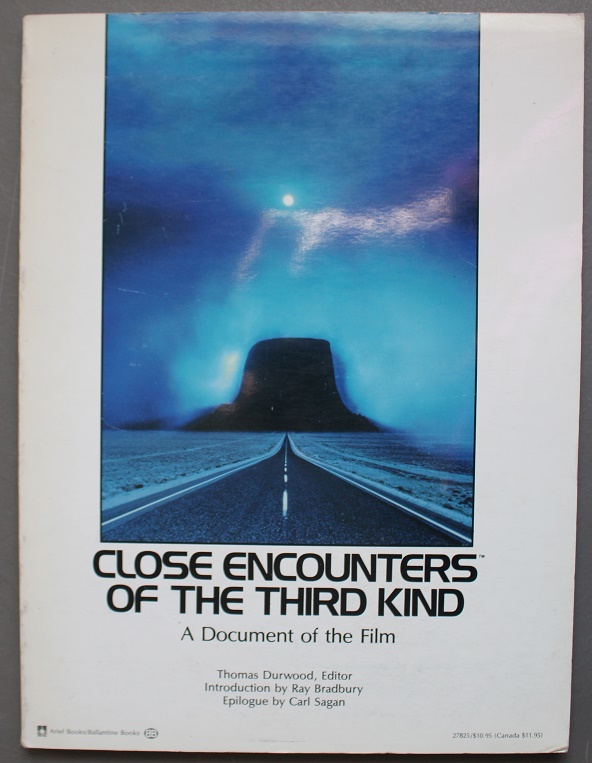

05/05/04 - Tom Durwood
“Kurtzman’s naturalistic conviction [was] brought out by the absurdity of the war milieu,” writes Thomas Durwood in a superb essay in Crimmer’s: The Journal of the Narrative Arts (Spring 1976). “An American and a Korean, isolated from the war in a foxhole, exchange snapshots and then, when the battle reaches them, kill each other… American soldiers are frightened and ashamed to kill, dialogue is interrupted when the speaker is shot and killed. Kurtzman is tied neither to an ideal of heroism nor to a perspective of taking sides…. These people exist, these things happen. The only element Kurtzman adds to shape the events is drama, which serves to tease out the absurdity skulking just below the romantic surface. The face of death itself is faced with no embellishment, no symbolization into monsters or abstractions into spirituality: a random bullet in the face, the knife of an enemy soldier.”
– Richard Corliss, Time Magazine article on Harvey Kurtzman (May 5, 2004)



